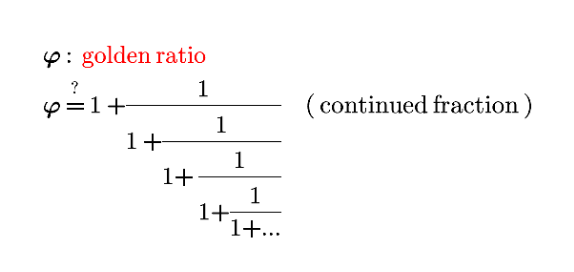
Set TheoryQuestion and Answers: Page 1
Question Number 207372 Answers: 0 Comments: 0
Question Number 204141 Answers: 1 Comments: 0

Question Number 203737 Answers: 0 Comments: 0

Question Number 203634 Answers: 2 Comments: 0
Question Number 203490 Answers: 1 Comments: 0
Question Number 199624 Answers: 0 Comments: 1

Question Number 198380 Answers: 0 Comments: 2

Question Number 196950 Answers: 1 Comments: 0
Question Number 195393 Answers: 1 Comments: 0
Question Number 200284 Answers: 1 Comments: 0
Question Number 195157 Answers: 1 Comments: 0
Question Number 194868 Answers: 1 Comments: 0
Question Number 194781 Answers: 0 Comments: 0
Question Number 194709 Answers: 1 Comments: 0
Question Number 194693 Answers: 1 Comments: 0
Question Number 194446 Answers: 0 Comments: 0

Question Number 191731 Answers: 1 Comments: 0
Question Number 191501 Answers: 1 Comments: 2
Question Number 190573 Answers: 1 Comments: 3
$$\hat {{a}}\mathrm{2}+\mathrm{2}{ab}+\hat {{b}}\mathrm{2} \\ $$
Question Number 189672 Answers: 0 Comments: 2

Question Number 189091 Answers: 1 Comments: 0
Question Number 185890 Answers: 0 Comments: 0
Question Number 182718 Answers: 2 Comments: 4
Question Number 182203 Answers: 0 Comments: 0
Question Number 182129 Answers: 0 Comments: 0

Question Number 181280 Answers: 1 Comments: 0

